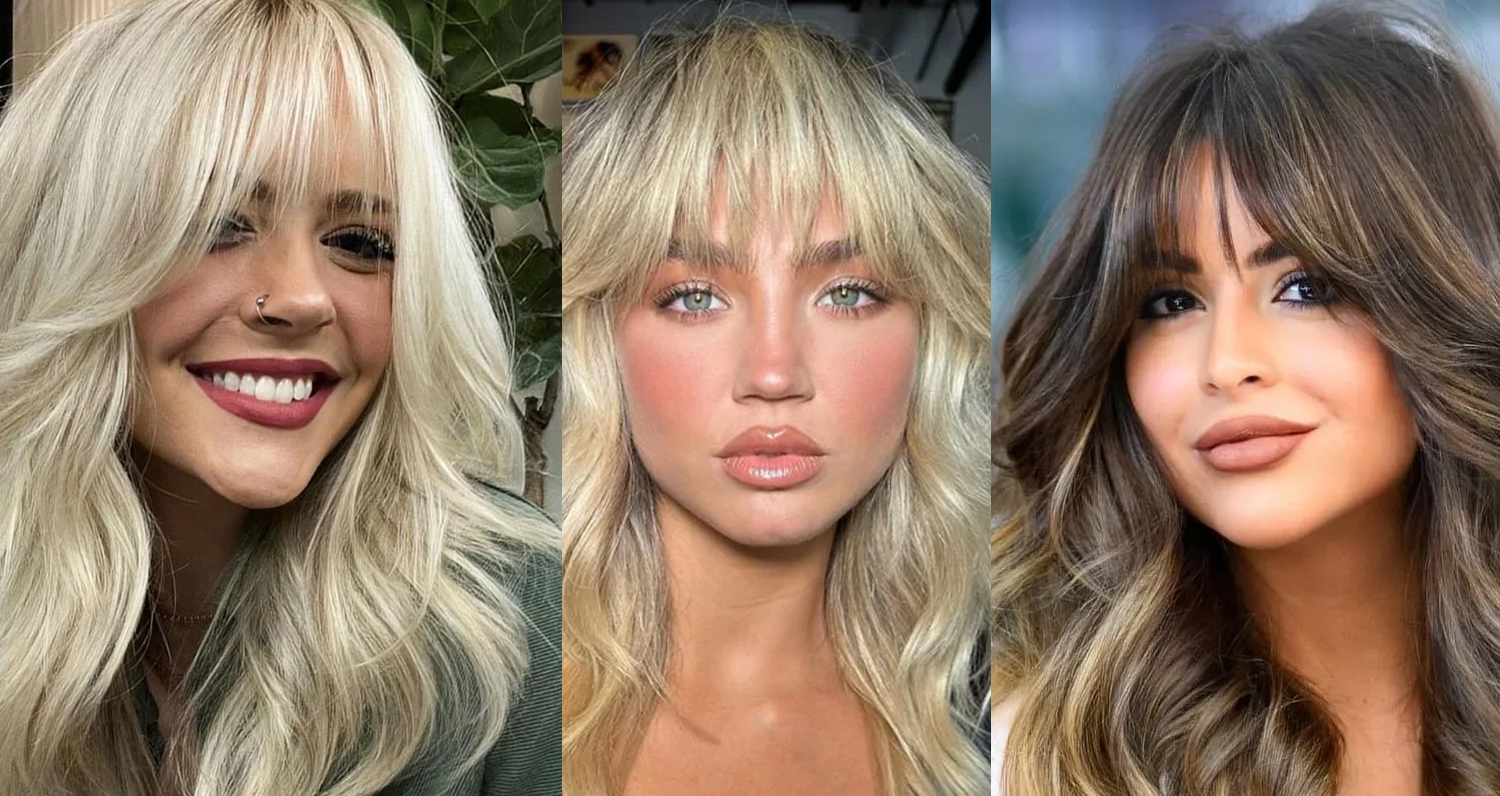Wispy Layers & “Hush Cut” Revival: How Soft Textures Are Replacing Heavily Layered Styles

Chunky layers and dramatic step-downs are fading into the background. In 2025, softly diffused layers and the hush cut are taking over—giving stylists more freedom to design movement that looks effortless, healthy, and naturally air-dried. The trend reflects what clients want most right now: shapes that feel lighter, grow out beautifully, and don’t demand hot tools every morning.
What Defines a Hush Cut
The hush cut is all about whisper-soft transitions, not visible weight removal. Think:
Soft internal layers hidden under a stronger perimeter
Subtle face framing that melts back into the shape
Airy movement through mids and ends
Lightness without losing fullness
The goal is to remove bulk without showing where weight was taken—creating a balanced, flattering silhouette from every angle.
Why Heavy Layers Are Being Replaced
Stylists are shifting toward this approach for several reasons:
Clients want longer-lasting shapes that don’t collapse after a month
Soft layers help preserve density, especially on finer hair
Less styling dependency—texture falls where you design it
The shape grows out gentler, meaning fewer panicked mid-phase trims
Softness aligns with current low-effort, high-polish finishes
It’s a modern refinement: dimension without disruption.
3. How to Cut Wispy Layers with Intention
Design Principles:
Start with density mapping — the heavier the section, the softer the internal lift
Use controlled over-direction where movement is desired
Micro-texturize mids and ends only—avoid weakening the crown
Support the perimeter — don’t hollow out the bottom if fullness is the goal
Tool Options:
Slide cutting for diffused texture
Point cutting for softness inside the line
Razor only when hair type supports it (avoid on compromised strands)
This is precision disguised as simplicity.
Face Framing: The Signature of 2025 Soft Shapes
Placement makes the biggest difference here. Key guides:
| Face Feature | Best Design Approach |
|---|---|
| Strong cheekbones | Place short point at the cheek to enhance the lift |
| Wide jawline | Keep framing longer to avoid accentuating width |
| Long face shape | Use curved framing to soften downward lines |
Remember: millimeters matter.
How to Finish for Modern Soft Movement
Encourage air-dry or low-heat styling
Choose lightweight products: mousse, whipped creams, soft texturizers
Avoid heavy oils or hard holds that collapse the airy effect
Create root lift + loose ends rather than polished curls
“The undone look is now intentional, not neglected.”
Client Education That Builds Trust
Set clear expectations for styling and longevity:
“These layers are designed to support your natural movement. They’ll hold their shape even on the days you skip a full blowout.”
Reinforce:
Why over-texturizing can weaken the cut
How soft structure protects fullness over time
What to ask for at maintenance visits (not shorter — cleaner)
The hush cut and wispy layering aren’t trends built on shock value—they’re built on craftsmanship. By shifting from dramatic debulking to precision softness, stylists can deliver shapes that are lived-in, touchable, and consistently flattering.
Soft textures require skill, but when executed well, they give clients exactly what they’ve been asking for:
✔ movement without effort
✔ shape that lasts
✔ hair that feels better as it grows
For 2025, loud layers are out — whisper-cuts are in.

